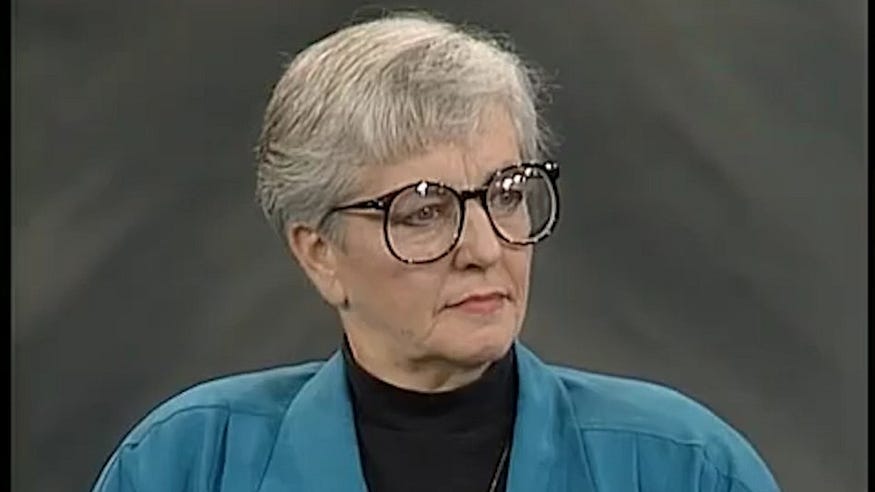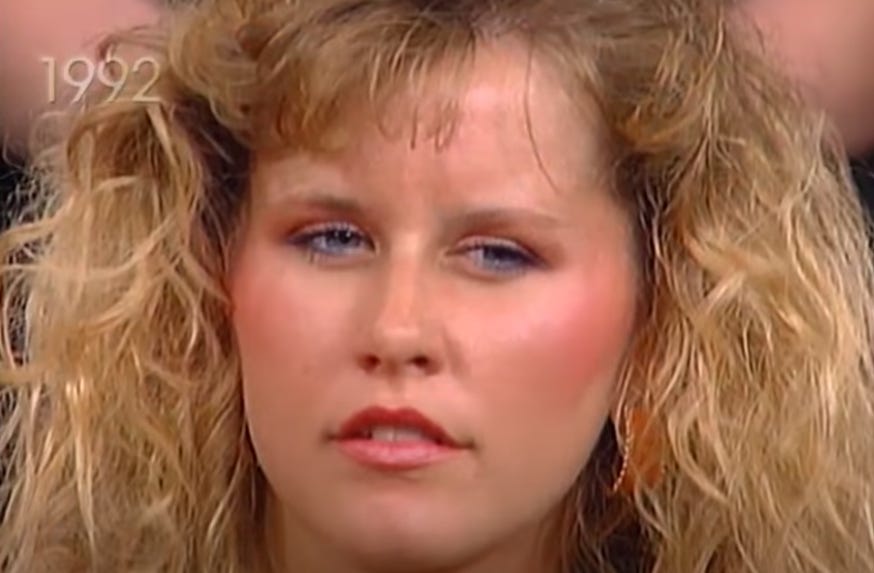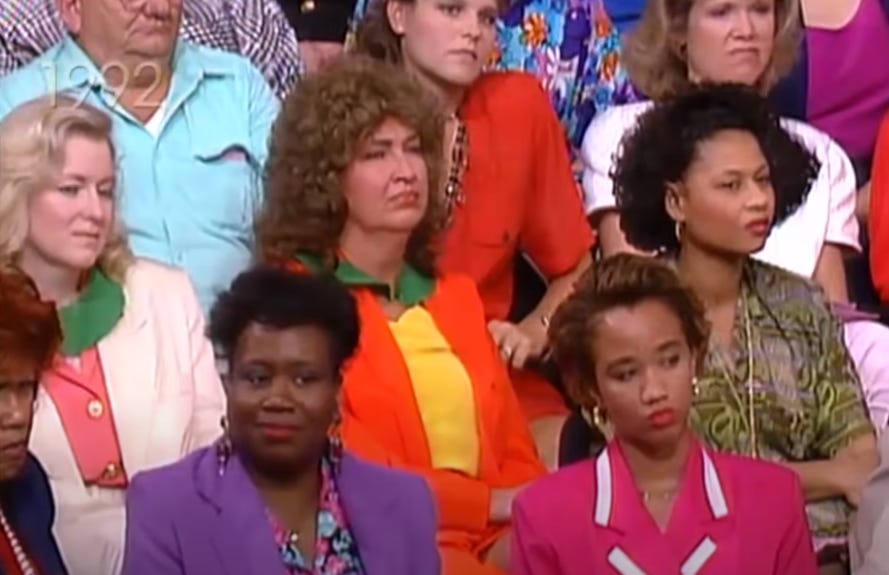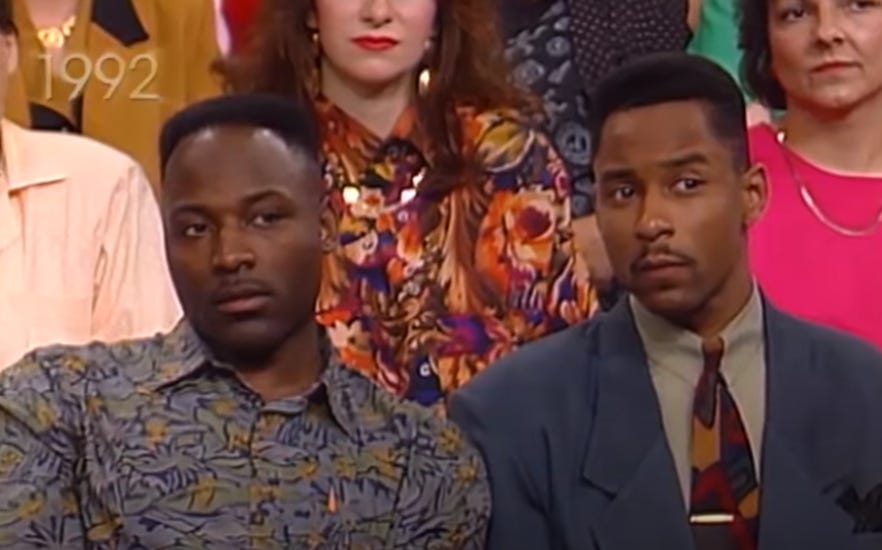Jane Elliot Sent a Profound Message to White Americans About Discrimination by Experimenting on Them.
She took a leaf out of Hitler’s book.

Jane Elliot once said, “Give me a child at the age of eight, let me do this exercise on them, and that child is changed forever”.
It was a typical day.
She walked into her home, and her telephone started ringing. Elliot answered, and it was her sister; “Is your television on, Jane?”
Answer: No, why?
Reply: “You better turn it on because they shot him”.
Jane Elliot burst into tears, and her tears quickly turned to anger when the 3rd-grade teacher learned that James Earl Ray assassinated Martin Luther King on his balcony outside his motel room.
She could not comprehend the ignorance, lack of civility, and unchristian behaviour in someone taking this man’s life.
Watching, distraught, she saw a white reporter point his microphone to a local black leader and ask, “When our leader, John F. Kennedy, was killed several years ago, his widow held us together. Who’s going to control your people?”
Elliot hates talking about it because she remembers how it felt that day and that she’d have to go to school and explain to her students “why the adults in this country had allowed somebody to kill hope”.
Elliot decided the next day she was going to do what Hitler did.
She would pick out people based on physical characteristics they had no control over and then separate them.
Elliot intended to mistreat one group and treat the other very well.
She told her husband, lying in bed, “Tomorrow, Brown-eyed people are going to be the top of my classroom.”
Blue Eyes-Brown Eyes
Elliot did an experiment which treated people differently based on the colour of their eyes.
The kids then wrote about their experiences with the headline “How discrimination feels.”
Media picked up the story, and that evening, she found herself on the Tonight Show with Johnny Carson.
When Elliot spoke about what she did with the kids, the phone lines rang off the hook.
Most of the calls were negative, and the general gist of what people would say is, “How dare you try this cruel experiment on our white children? Black children grow up accustomed to such behaviour, but there’s no way they could understand it for white children. It’s cruel to white children and will cause them great psychological damage.”
The Oprah episode rocked a global audience.
I grew up in South Africa during apartheid, where it was the law to have black and white people separated.
It meant remarkably less opportunity for non-whites but also that most of the world placed sanctions on South Africa for everything from imports, TV shows, travelling bands and sports teams.
It also meant the only decent TV shows we had were American, and My mom was obsessed with Oprah.
This one episode featured Jane Elliot, who did the same Blue-eyed, Brown-eyed experiment but this time on adults, and everyone freaked the f*ck out.
South Africa was going through a transitional period, and our TV networks ran this Oprah episode into the ground back when we had just three channels to flip through.
It felt like it was on every time I walked in the door from school.
The experiment exposed people.
Before entering Oprah’s studio, staff on set separated the audience members by their eye colour.
They had no idea why.
Oprah Winfrey and Jane Elliot hatched a plan to discriminate against people with blue eyes and gave preference to those with brown eyes.
Door staff pulled blue-eyed people out of line, told them to put on a green collar and made them wait outside.
When the brown-eyed people arrived, staff told them to go to the front of the queue, and they were allowed to enjoy coffee and doughnuts.
When the brown-eyed people were getting seated first, the blue-eyed group lost their sh*t, and the irony of the bias was all on film.
Things escalated further.
When Jane Elliot gets on stage, people in the audience are confused about why half the group have been treated differently.
Elliot opens the facade with the following;
“I’ve been a teacher for 25 years in the public, private, and parochial schools in this country, and I have seen what Brown-eyed people have done as compared to what blue-eyed people do, and it’s perfectly obvious, and if I didn’t believe it before this morning, you should have been here this morning when we brought these people (blue-eyed) in here”.
The blue-eyed audience members were visibly upset.
One inquisitive member says, “Jane, why don’t you have a green collar on? You have blue eyes.”
Jane Elliot — Source
“I’ve learned to act brown-eyed.
I have a brown-eyed husband and three brown-eyed children, and the message in this room is to act brown-eyed, and you, too, can take off your collar.
Act intelligently, and you, too, won’t need your collar.
None of you have acted intelligently yet”.
It then turned into Car Crash TV 101 when the brown-eyed audience applauded, buying into the idea that they were superior.
One deranged woman, who was brown-eyed, got up and said her school friend was blue-eyed and she was stupid and always copying off her test paper, lol.
Then, slowly, the penny dropped.
People were figuring out the actual message Elliot was trying to convey. Eventually, the audience realised the show was about race.
The looks on both white and black people’s faces in the room were astonishing.
Like holly sh*t, this Jane Elliot person is making a good point.
Not everyone agrees.
None of this was done in a control study environment.
There is no qualitative research data on the experiment’s effectiveness except for an eye-opening narrative.
Some authors and journalists take exception to a white woman being America’s poster child for racism using a “quickie experiment.” and “for the benefit of other whites”, which didn’t involve the inclusion of a single black person and “did very little to restrain people from made up cruelty”.
Editor and journalist Jo Adetunji believes the experiment was ego-driven, designed to be cruel and shame the participants, and had little to do with racism.
She goes on to say: “The nonstop parade of sickening events such as the murder of George Floyd surely is not going to be abated by a quickie experiment led by a white person for the alleged benefit of other whites — as was the case with the blue-eyed, brown-eyed experiment”.
In the most high-profile case of police brutality and racism in the Floyd murder, Researchers studied 34.7 million tweets, or 250 million tweets, if you include retweets between 24 May and 30 June 2020.
The study doesn’t release the nature of tweets due to data protection but tries to identify their sentiment and how people were feeling by searching the hashtag.
They found when it came to the Black Lives Matter protests, tweets labelled with positivity often contained hashtags like #love and #pride.
That’s obvious.
Tweets relating to BLM labelled with anger contained contrasting hashtags like #MAGA, a popular pro-Trump slogan, and #TrumpResignNow.
Unsurprisingly, given a police officer murdered Floyd, “Anger” was found in the highest percentage of tweets mentioning the police.
Additionally, more tweets with anger had anti-BLM views than Pro-BLM. So, more people were angry at BLM on Twitter.
According to Research Gate, there might be a more straightforward explanation in that 73% of users on Twitter are white, and 1% are African American.
Despite the disparity in the pool of participants, it still reflects a divide in views.
Below is the % of tweets containing each emotion.
Final Thoughts.
That Oprah episode lingers around in my thoughts like a faded photograph.
The question of privilege in a modern context is complex, but in my own experience, it’s as obvious as a slap in the face.
I’d have had fewer opportunities if I were born a black African male.
No question.
In South Africa, it wasn’t just insidious mistreatment, like unjust stop and searches or unconscious biases based on skin colour; there were systemic barriers to education and employment.
If you were black, you could only work as a labourer or a gardener in a white area. The same went for education. The regime would likely exclude you from attending most top schools if you weren’t white.
Elliott’s experiment shook the foundations of people’s biases when she exposed her white students to the made-up preferences associated with eye colour.
One incredibly bright girl in Elliot’s class was reading at the 6th-grade level in 3rd grade.
But on the day that young girl had the wrong colour eyes, Elliot recalls, “she made mistakes in reading and writing and forgot how to multiply”.
If you can make up cruelty, you can make up kindness through education, empathy, and honest conversations.
Jane Elliot’s experiment poked the bear.
It’s why we still speak about it today.





